(This was originally a Twitter thread from November 6, 2017.)
November 6, 2017
A huge box has just arrived! And inside are lots and lots of packing peanuts. Wait, wait, there’s something else in here. It looks like it’s from the future.
Say 10 PRINT”HELLO WORLD” to the Commodore PET 2001 from 1977, one of the “trinity” personal computers. Big thanks to @FozzTexx!
The PET aesthetic is filing cabinet crossed with calculator crossed with Kubrick. It’s no mistake and it’s terrific.
November 9, 2017
Slowly starting to fix and restore this PET 2001. First, some light cleaning of the keyboard, before/after.
I also installed the two missing 74177 ICs and get video briefly, before it goes away. I think this might mean bad main ROM or RAM.
Powered it on again, now the garbage stays for about 20 seconds then mostly clears. The display ROM at least looks good.
Interesting IR heat signatures from the PET RAM and ROM sections. ROM H1 and H4 are cool as are RAM J3 and I8.
November 11, 2017
This PET has the original 6540 ROM/6550 RAM modules. They’re prone to failure, run very hot, and are very rare to procure. The ICs and sockets in the PET are corroded. This blog recommends DeoxIT. Has anyone used DeoxIT or have other recommendations?
November 13, 2017
Received @tynemouthsw’s PET ROM/RAM board today. Rather than try to use the original ROM and RAM chips, I removed all original 6540 ROM/6550 RAM from my PET 2001 and installed the board in the 6502 socket. This board replaces all RAM and ROM chips with it’s own on board set. Further, it includes a multi-ROM switcher. The machine will draw less power and run much cooler. I removed the old RAM and ROM chips and stored them away for now.
But now that it’s working, time for some Space Invaders— PET 2001 style!
Internal tape drive runs but won’t load so this period matching external datasette is a good stand-in for the PET.
Always remember: Use genuine Commodore cassettes in your PET’s datasette! 😀
November 14, 2017
Tried the PET internal tape deck on port 2 and still doesn’t work. Plugged in known working deck to port 1– I get weird video artifacts that seem to correlate to tape audio. Screen then blanks.
November 16, 2017
Today the PET only boots to random chars. I think BASIC is running because repeatedly hitting shift/run stop makes the screen flicker like something is being written to it. Ideas?
With the help of @ChartreuseK, narrowed it down to a bad 74LS157 at D2 on the PET. Desoldered the chip and putting in a socket.
The Commodore PET 2001 is alive again!
I also want to thank @tynemouthsw for the excellent PET RAM/ROM board which is giving this 2001-8 a second chance and for the sage advice.
November 18, 2017
Returning back to PET tape 1 not working and giving lines in video. 6520 at G8 pin 40 (tape 1 read) is next to pin 39 (blank tv). Scoping pin 39 reveals matching tape pulses making the screen blank briefly. Pins bridged internally? Need a new 6520.
It looks like @MouserElec is out of stock of the W65C21N6TPG-14 :-/ But I do have two 6821 chips for which the 6520 was a direct replacement. It should work the other way round, right? Pinouts looks the same. Thoughts?
Gave it a shot and the 6821 works as a stand-in for the broken 6520. Tape 1 port loads now and no lines in the screen. Next, test an actual datasette.
Datasette seems like it doesn’t get motor power on tape 1 port.
Comparing port 1 to port 2, I’ve located a transistor Q5 that doesn’t seem to be switching anymore.
Q5 is a 2N4401 NPN. I’ve removed it and tested it. I don’t think it’s supposed to be a diode.
I’ve replaced the 2N4401 with 2N3904 before so I’ve done that here too. And the datasette has motor power again!
Aaaaand it’s gone. No motor power again. Transistors in the section get hot quickly after power on.
Removed the 2N3904 transistor I just put in and tested it. It’s now a resistor— something else is up.
@tynemouthsw mentioned the TIP29 as possibly failing so I removed it and tested it. Is this right?
Replaced Q4 and Q5. Switched it on and was able to load a game of Space Invaders from tape. IR camera showed minimal heat. Hope it holds up!
I plugged in the original internal datasette, pressed play and the temperature on the TIP29 started increasing rapidly. That may be the culprit.
Found the motor power problem in the datasette. That tiny strand of wire was grounding the motor wire. Now to figure it why it won’t load.
November 19, 2017
Back to the PET’s internal datasette. Won’t load/read, but will save/write to tape which can be read in another working deck. Think I need to scope around.
I did clean the tape read head. It looks worn to me— or is it still dirty?
Since the tape head does both read and write and this deck saved something that another deck could read, I think I need to focus on the deck’s circuit board next.
I usually think circuitry is the fault— but it was mechanical. The large 18 pin play/record switch (marked in red on the pictures below) was dirty. Some DeoxIT and lots of presses on the play and record buttons to exercise the switch fixed it.
The Commodore PET 2001 datasette loads (and saves) again!
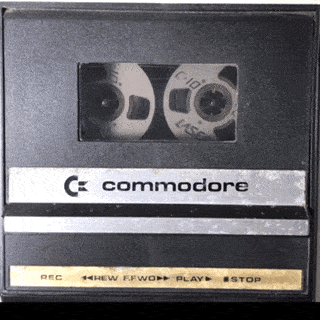
Ordered a Bluetooth cassette adapter like this one to wirelessly “play” .TAP files to the Commodore PET 2001 datasette.
November 20, 2017
The doctor is in. Who remembers ELIZA?
November 21, 2017
More DeoxIT was needed on the r/w switch and new capacitors, the tape deck is working. Again. Loading games from .TAP files and saving to real tape.
Do you have a Commodore 2001 PET? Having issues or just having fun? Let me know in the comments.
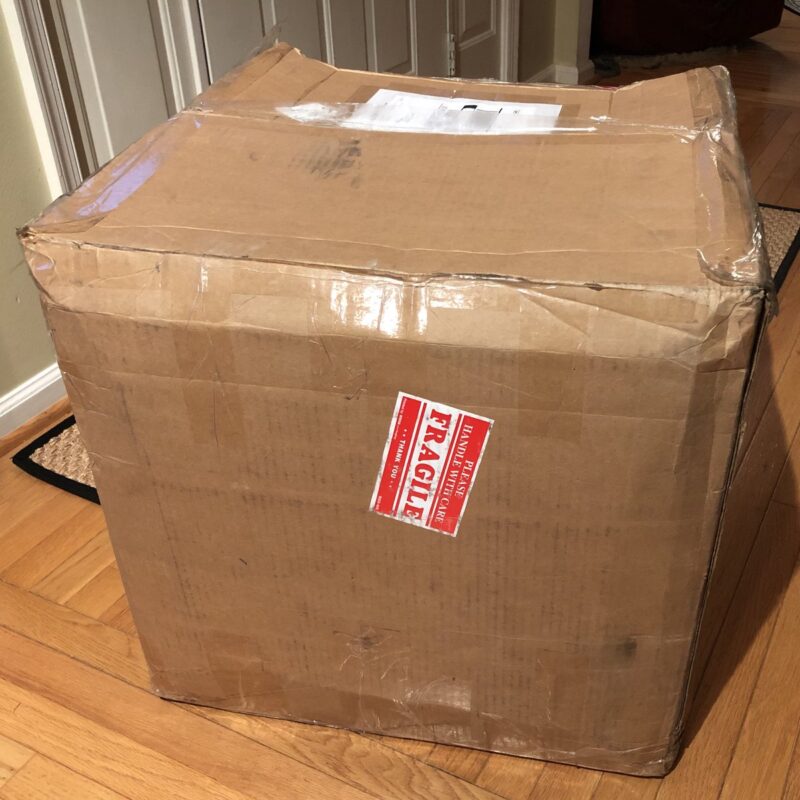
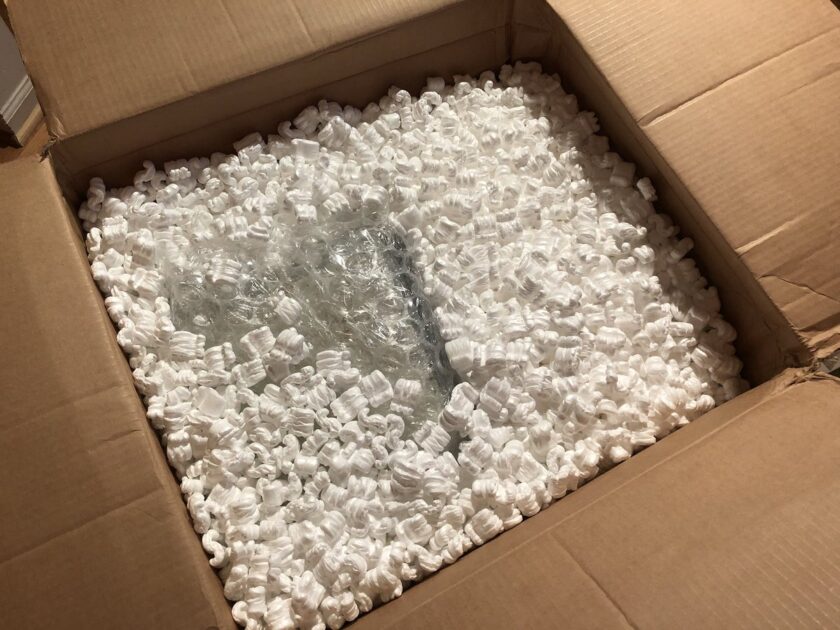
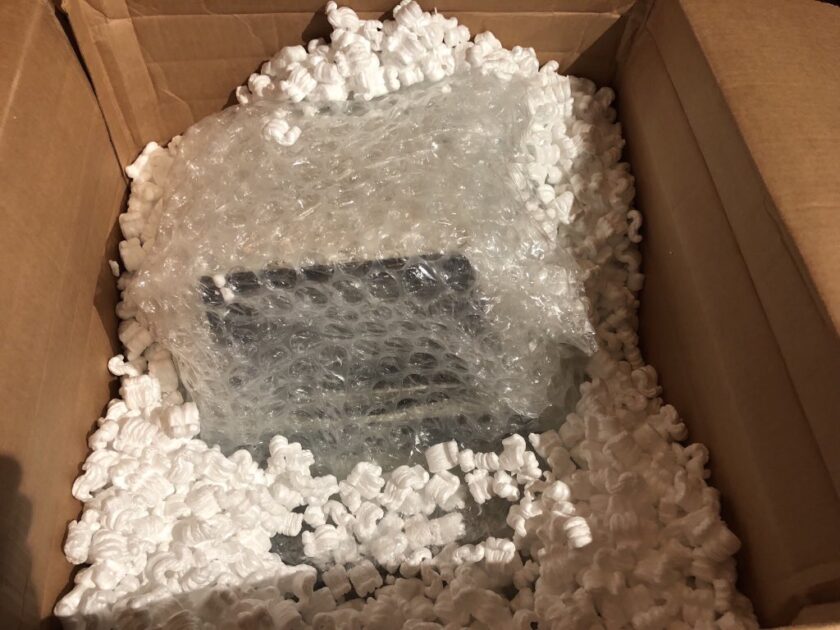
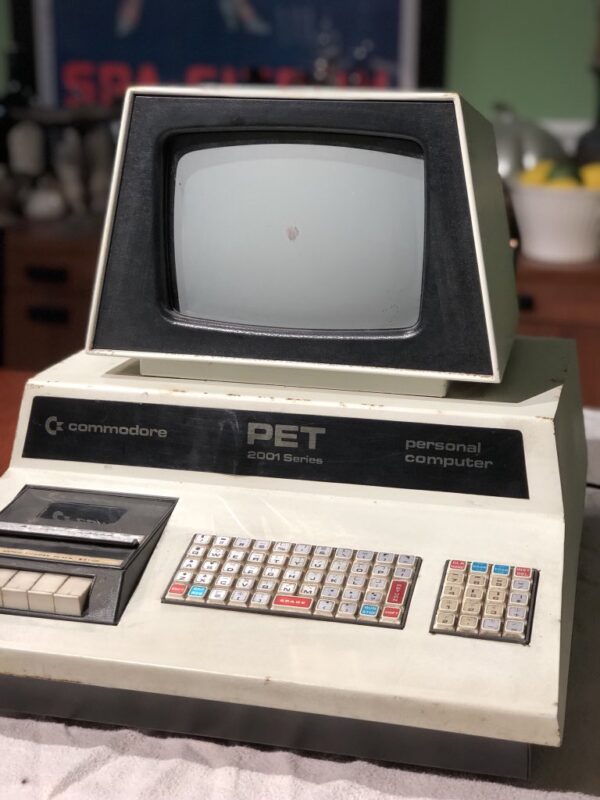
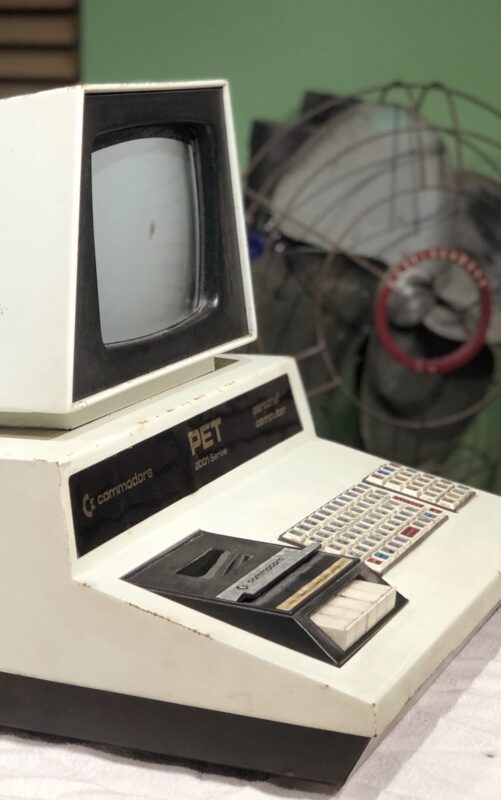
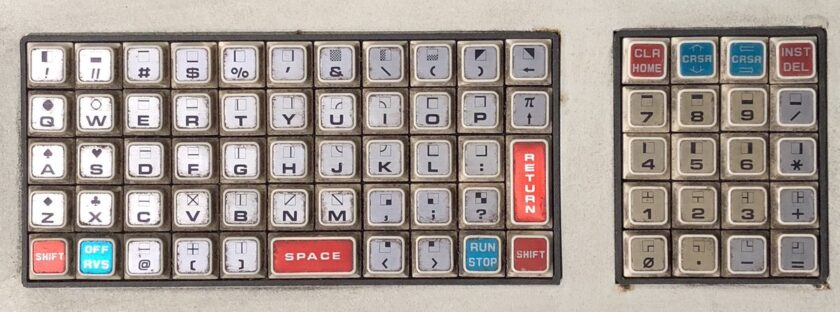
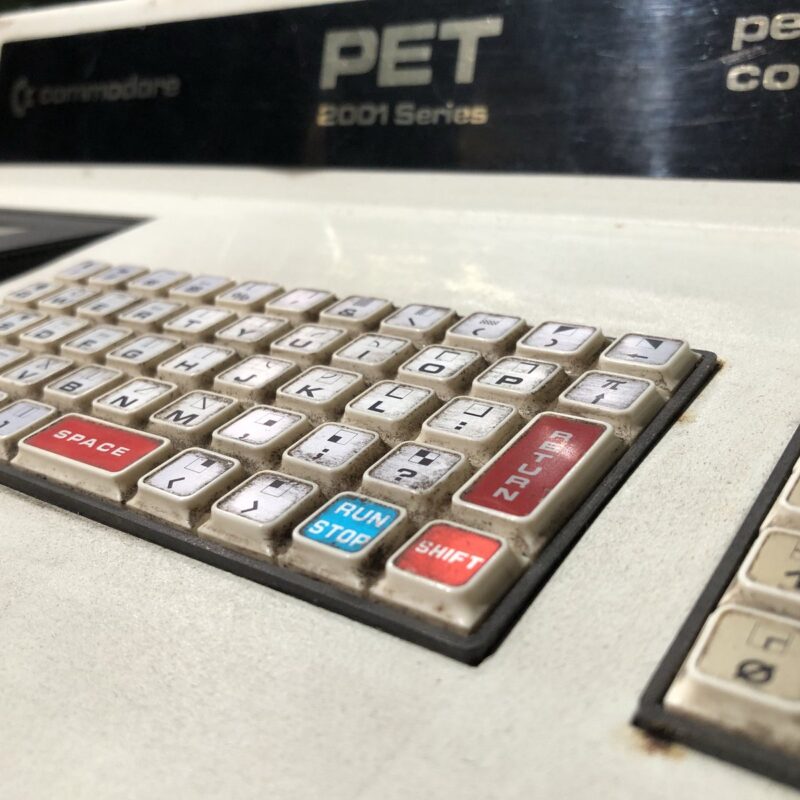
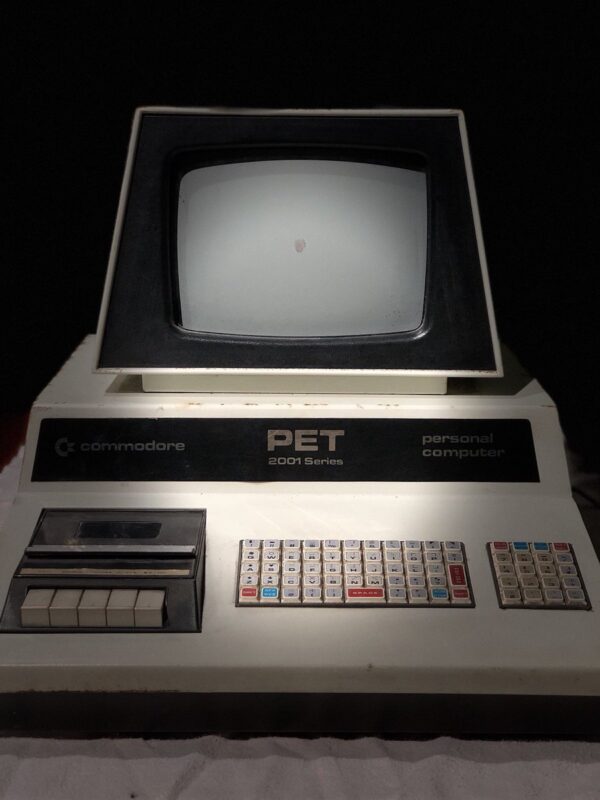
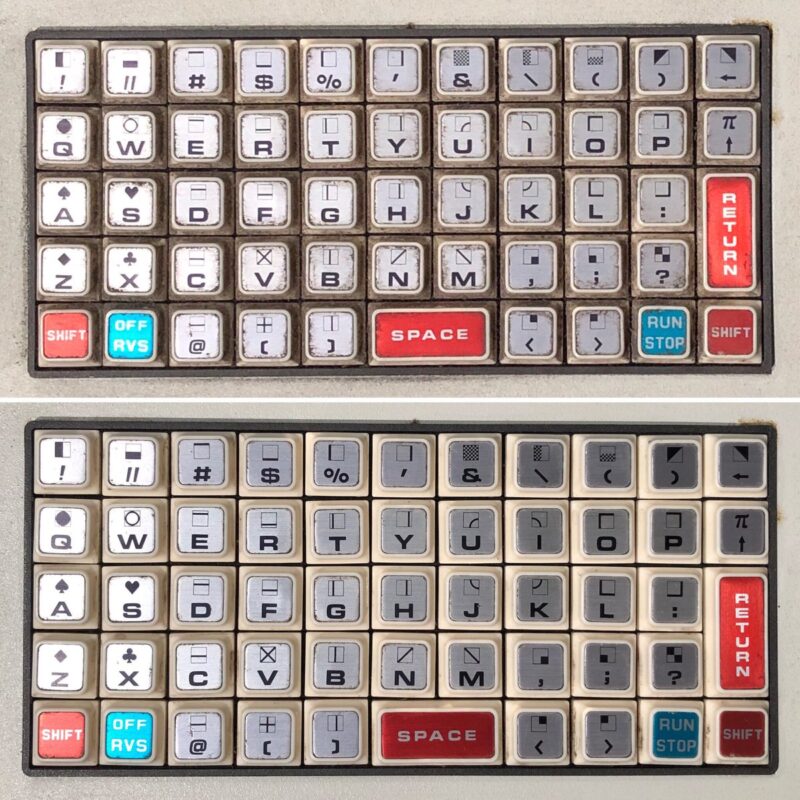
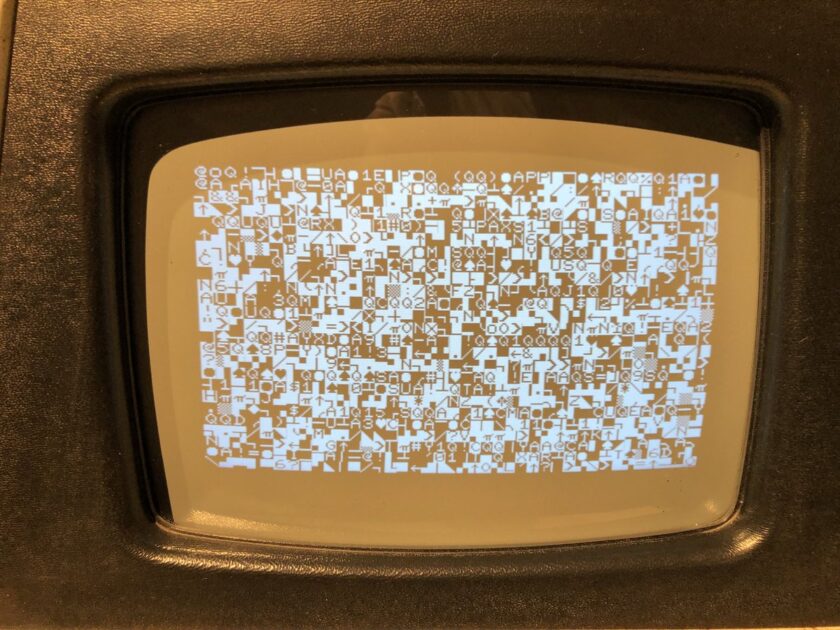
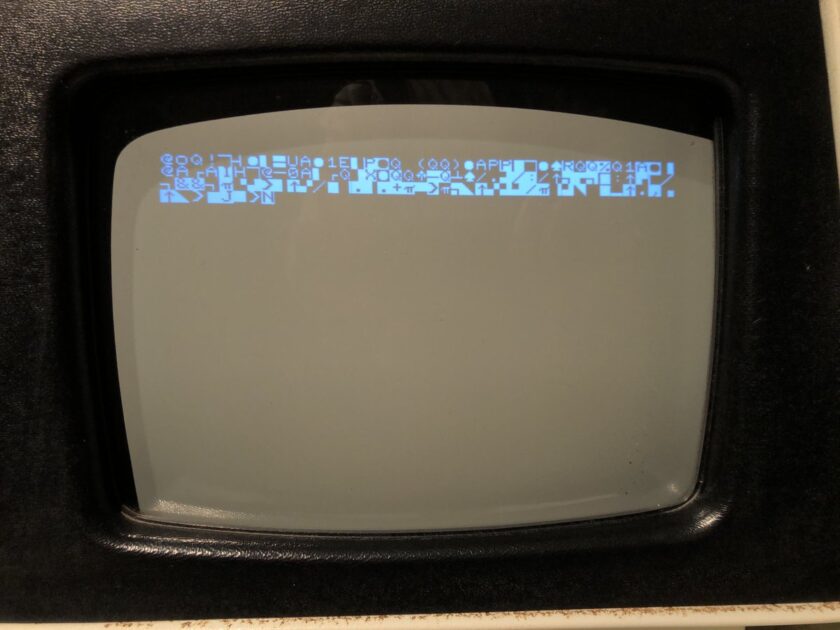
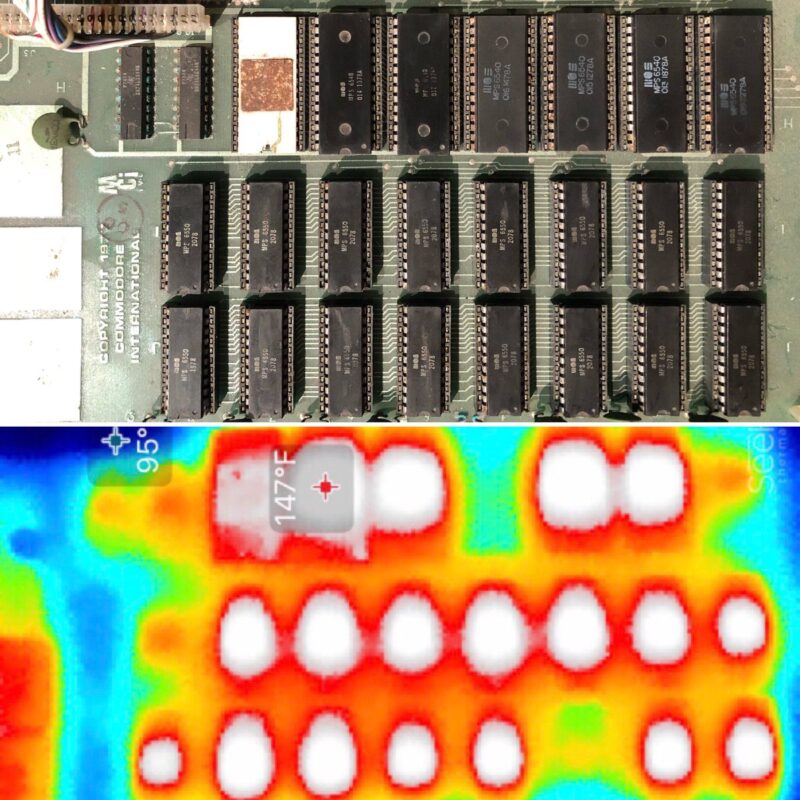
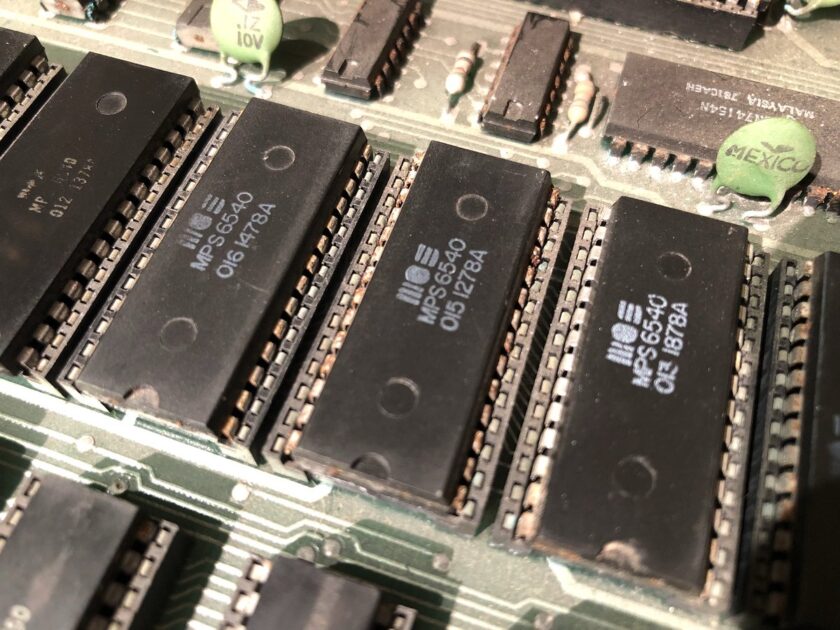
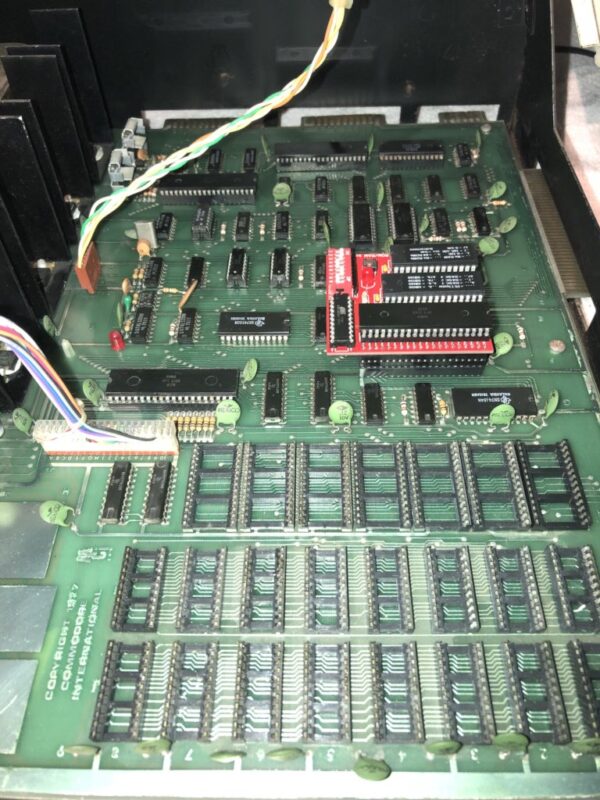
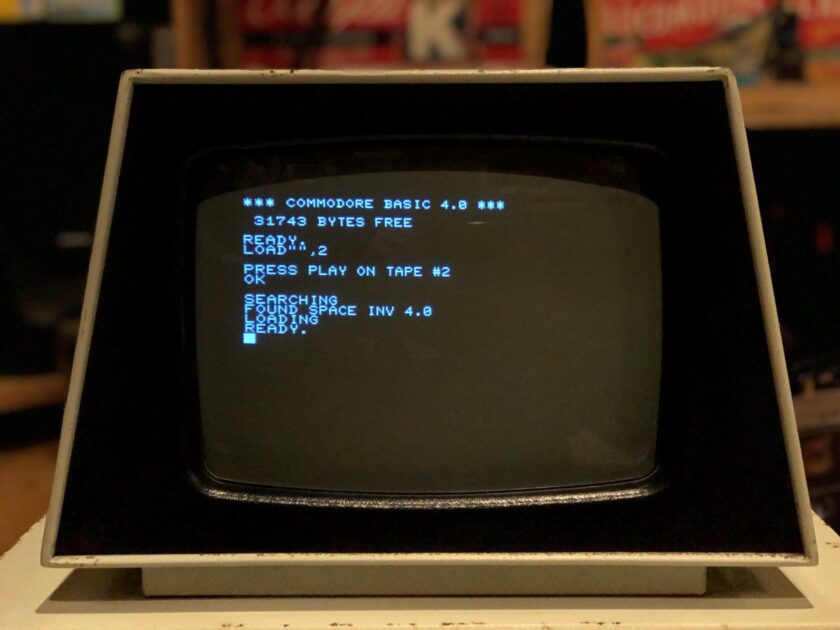
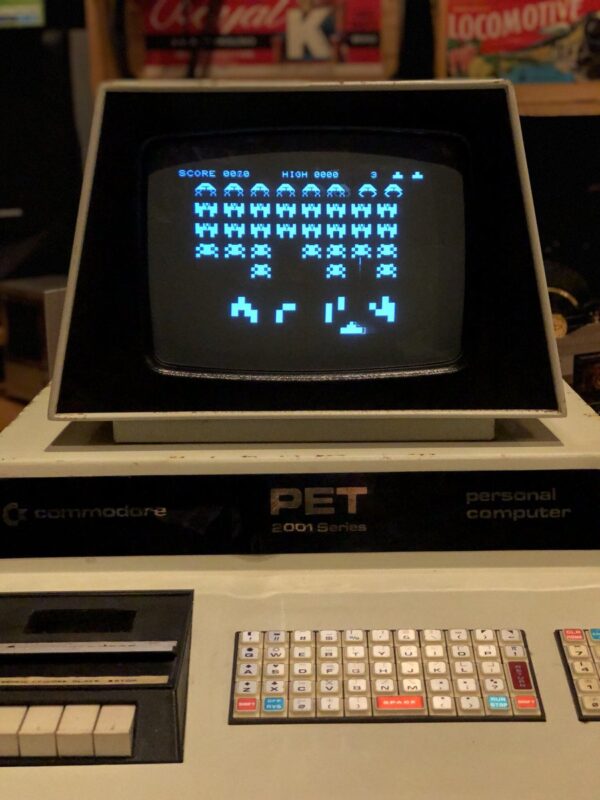
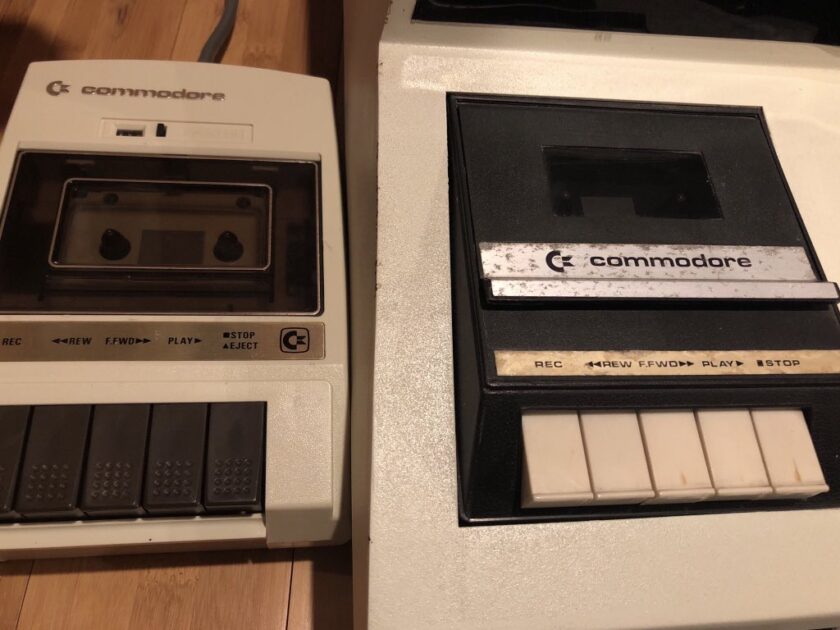
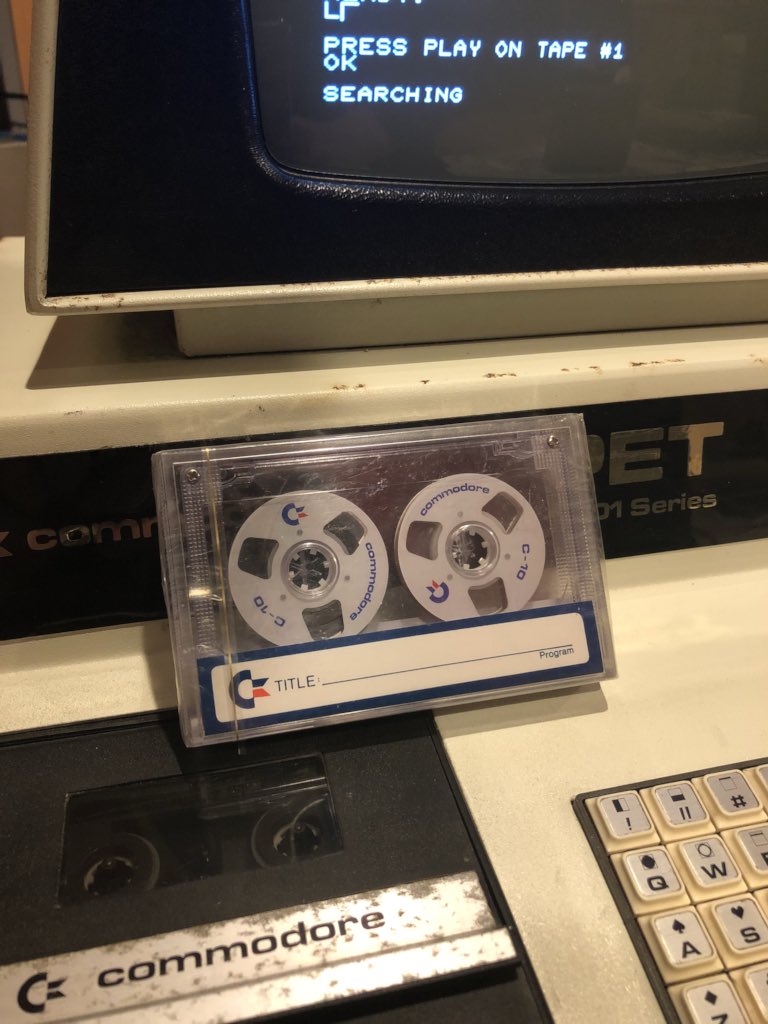
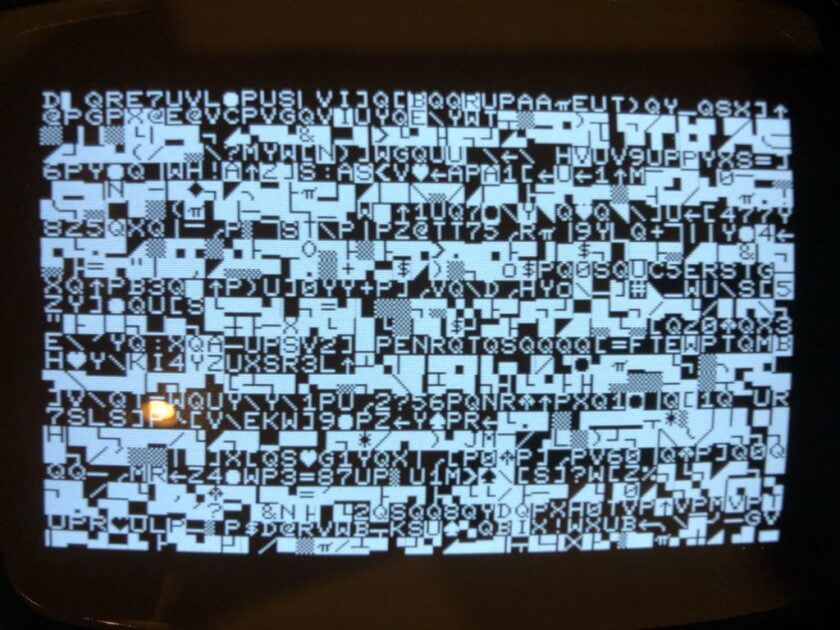
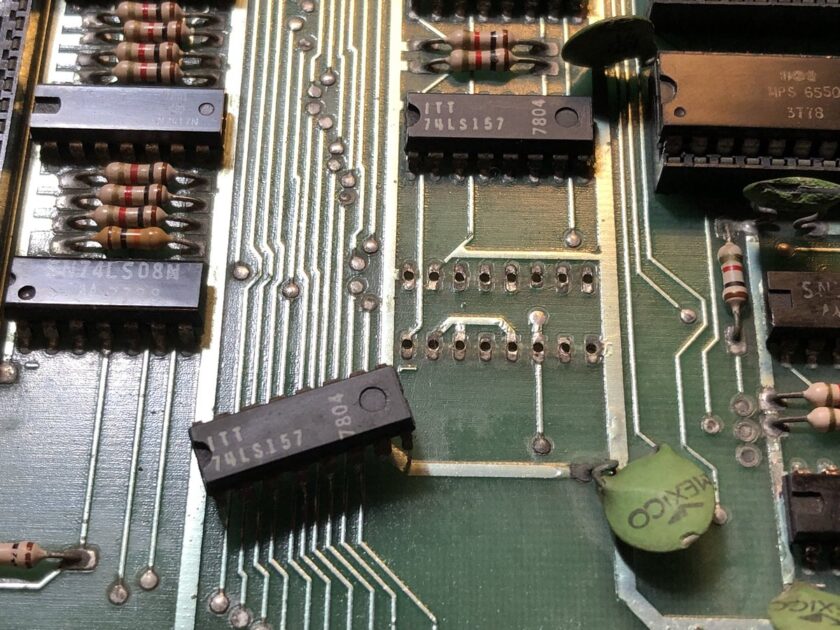
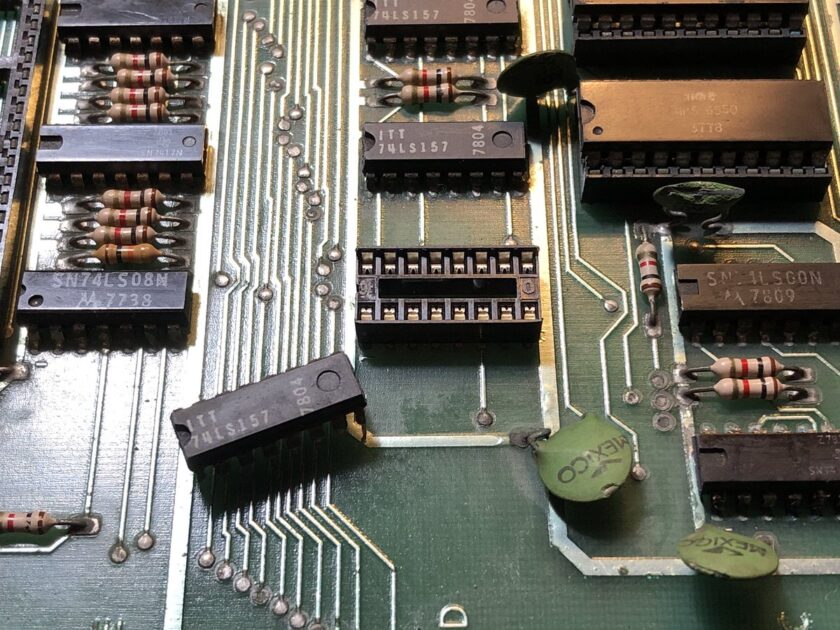
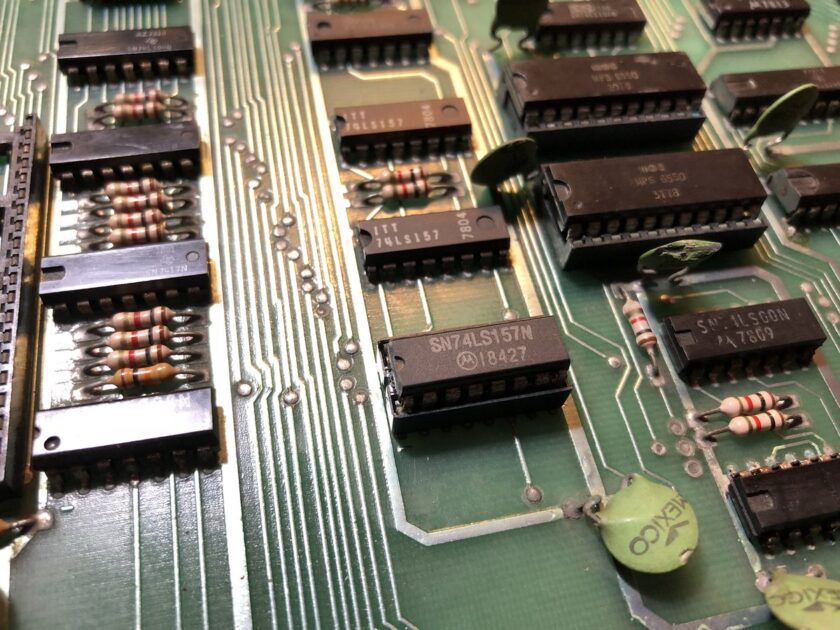
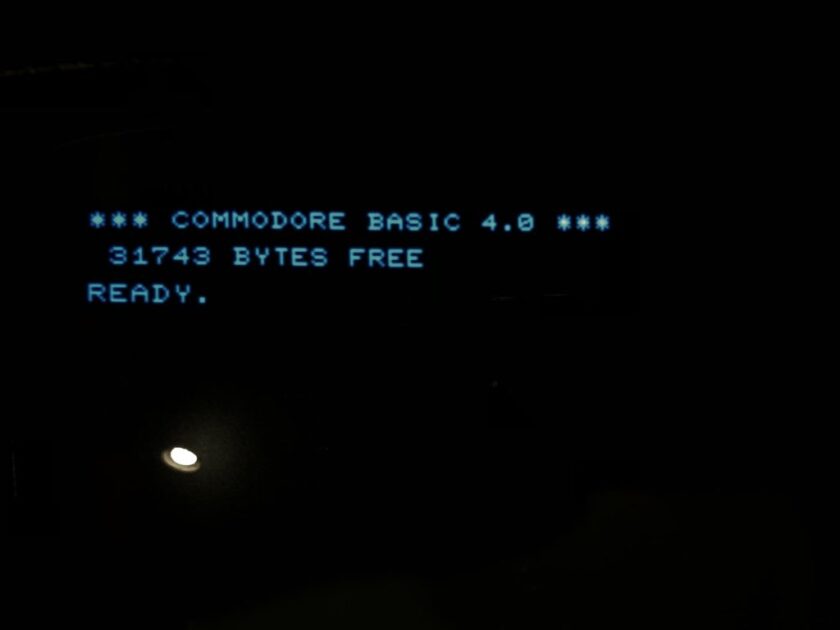
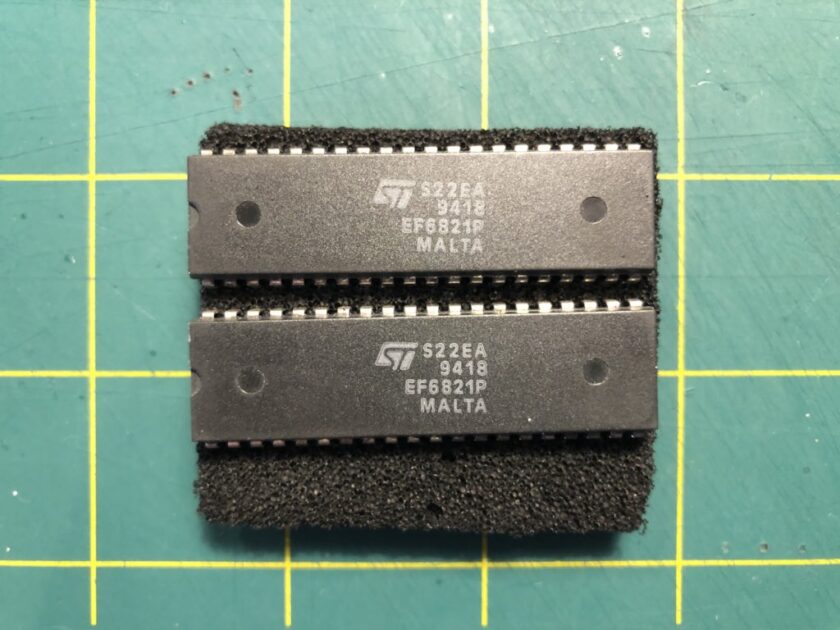
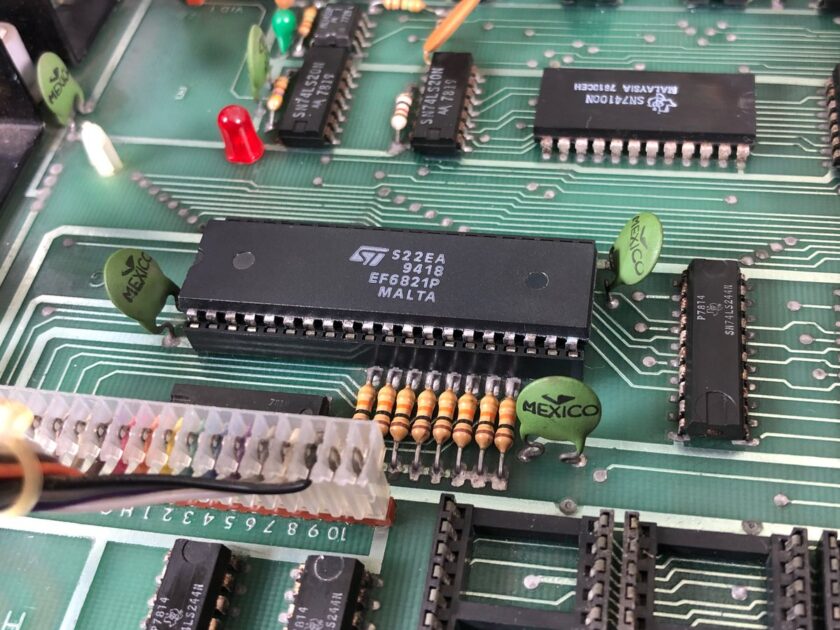
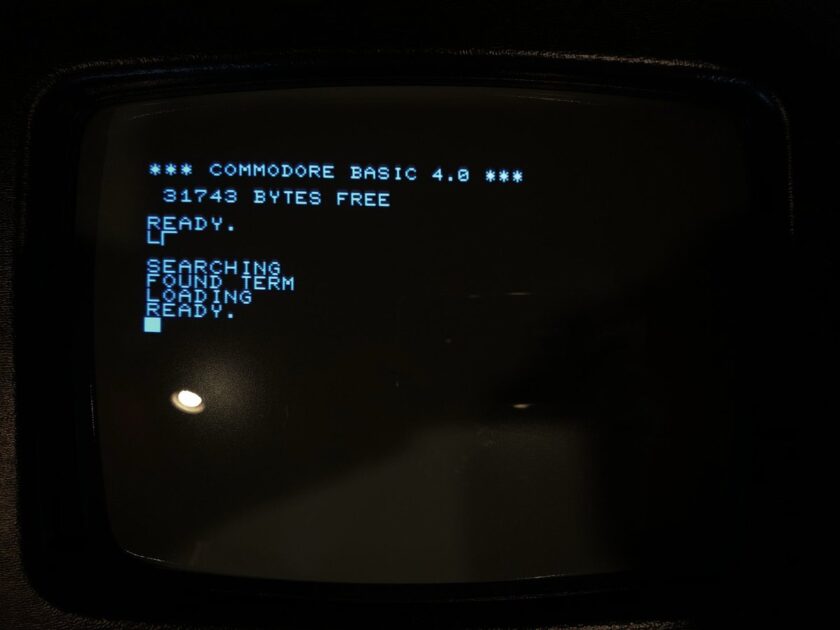
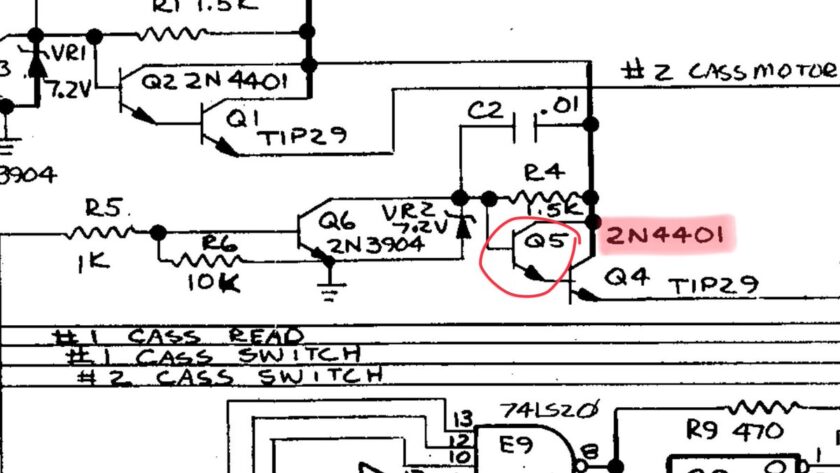
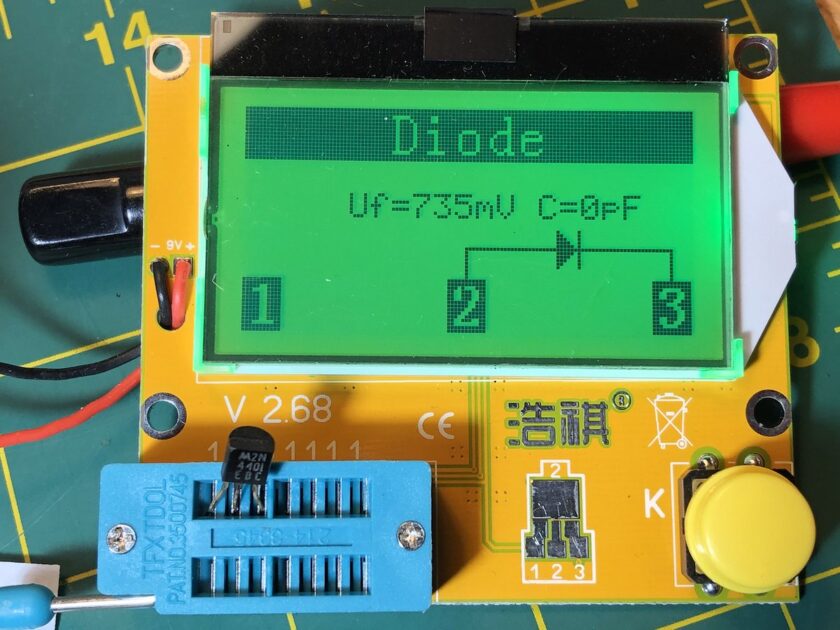
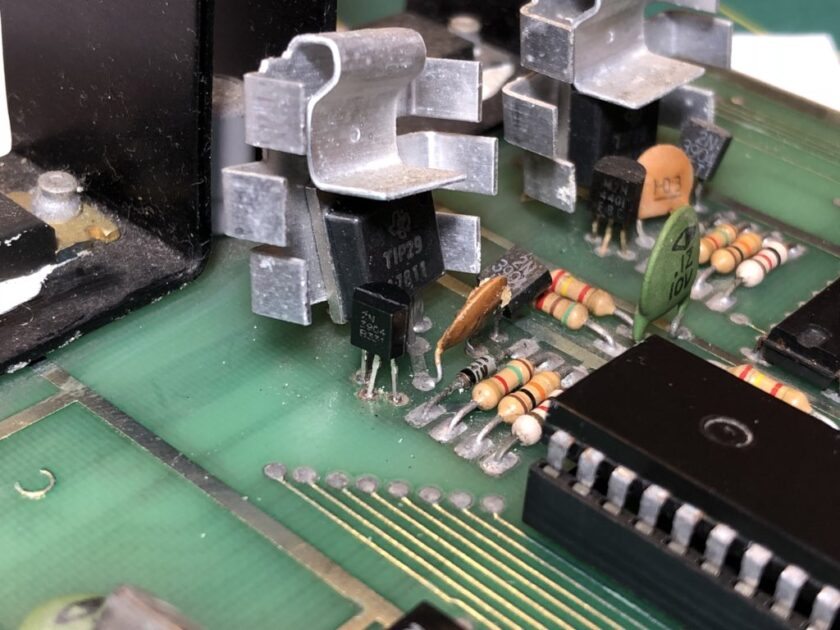
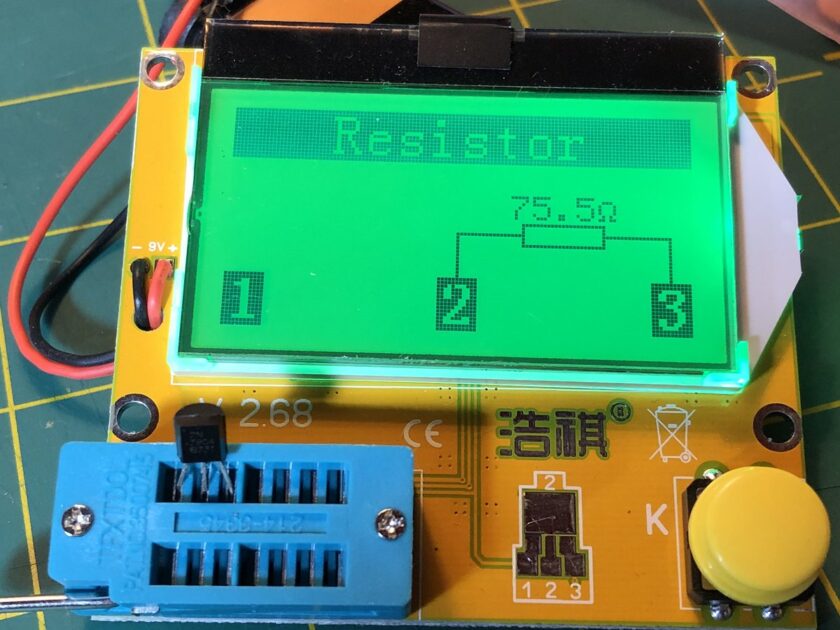
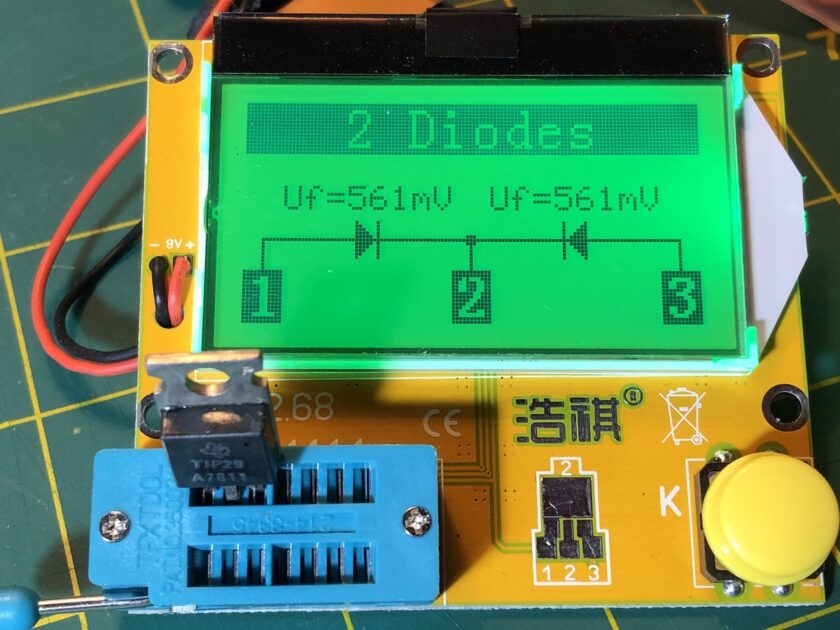
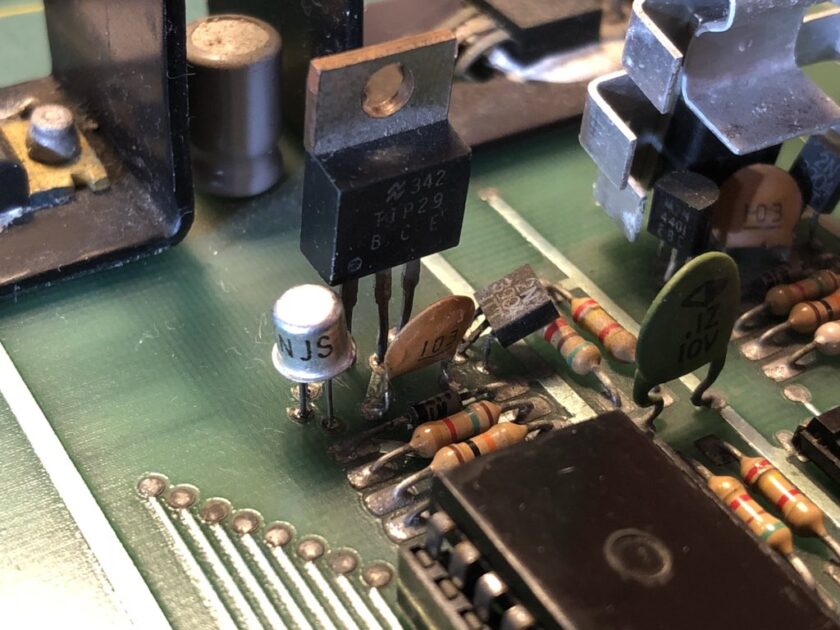
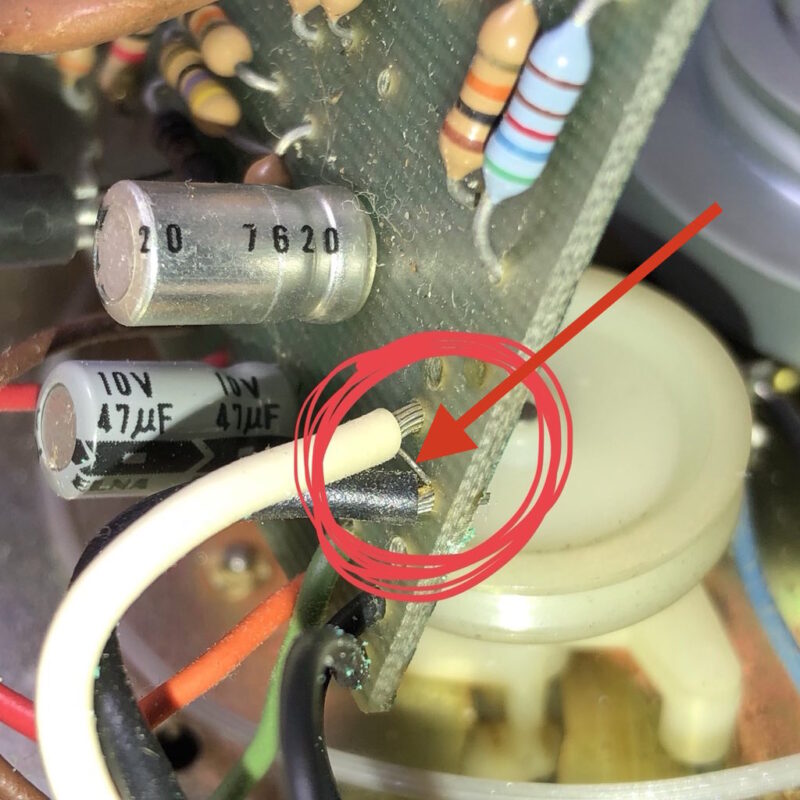
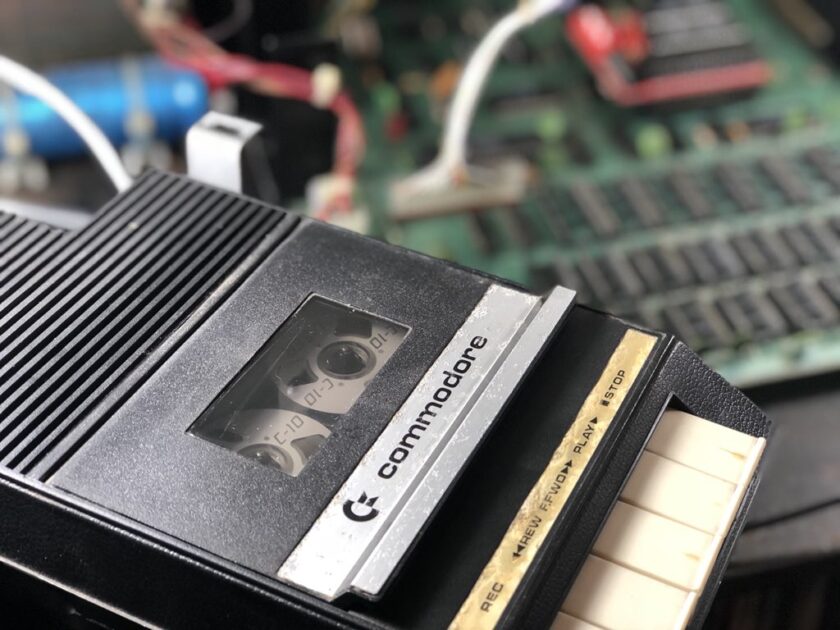
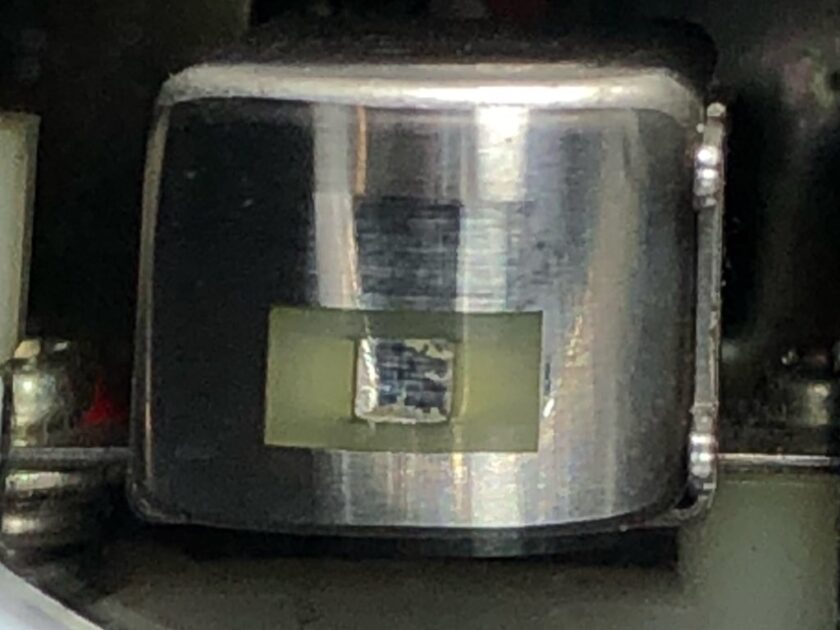
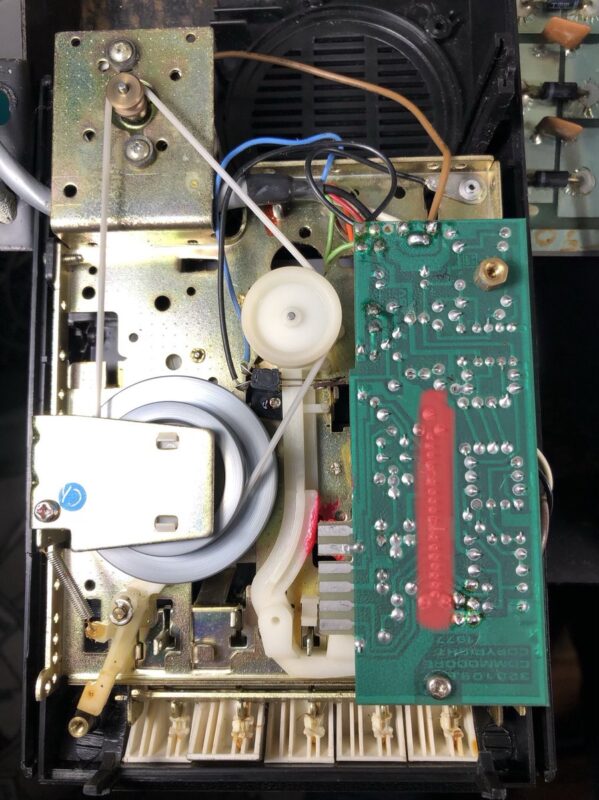
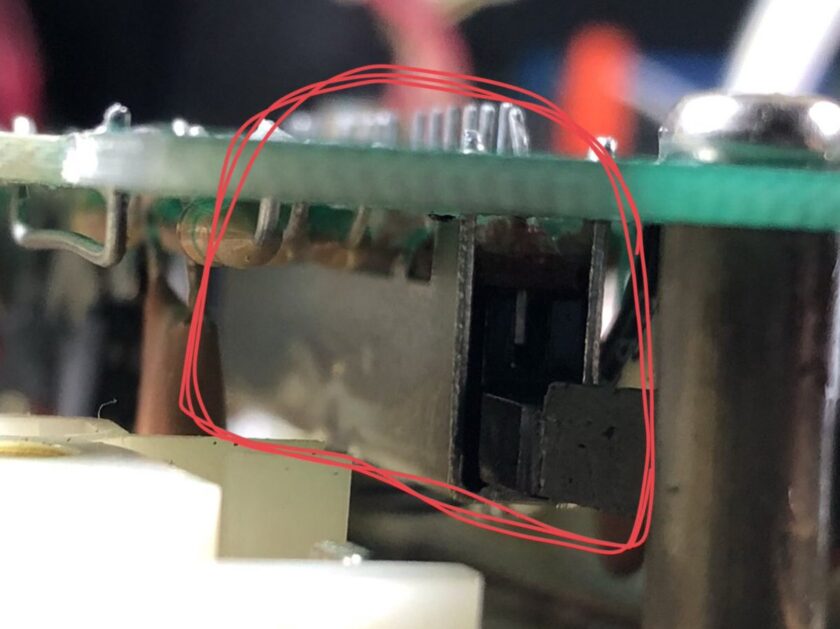
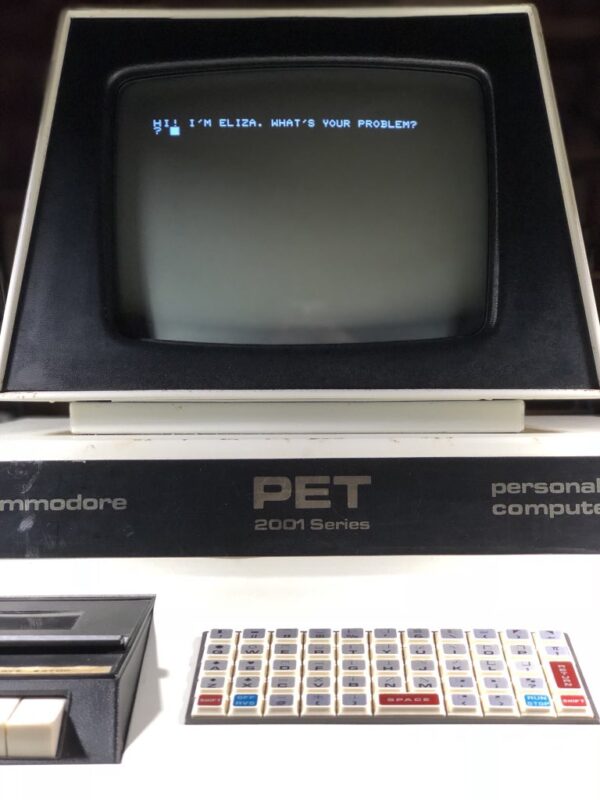
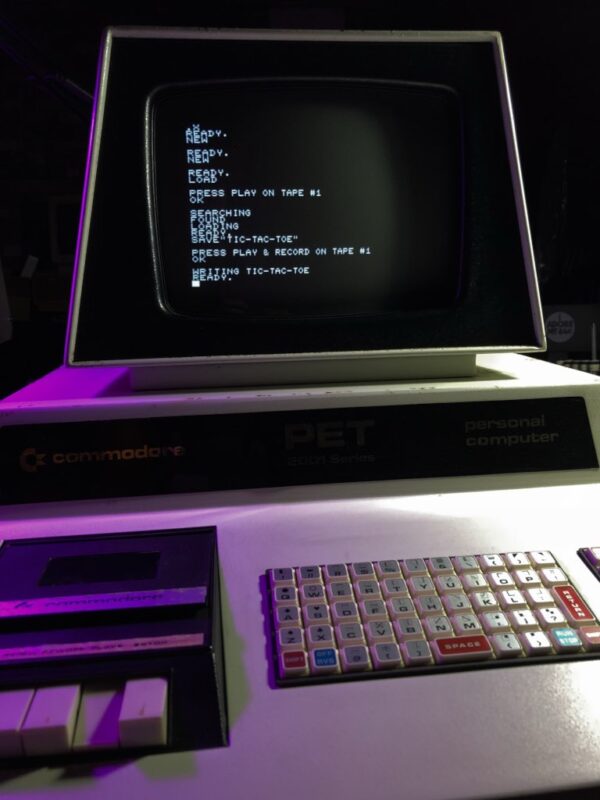
G. Jacques
December 19, 2022 at 7:48pmJust amazing article. There is something surreal about the shape and style of this computer. I have a couple TRS-80 that I’m not using… surely I should try out something with them. Thank you!
Pat
December 20, 2022 at 12:40amWhen you said:
> Found the motor power problem in the datasette. That tiny strand of wire was grounding the motor wire. Now to figure it why it won’t load.
Did you mean that tiny wire shouldn’t have been there?
Or that it was supposed to be there but was too thin to do the job well?
paulrickards
December 20, 2022 at 9:54amThe wire inside the white and black wires is stranded. The tiny strand of wire coming from the white wire is touching the black wire, thus creating a short. It wasn’t inserted into the circuit board properly. It took a very long time to figure that out!